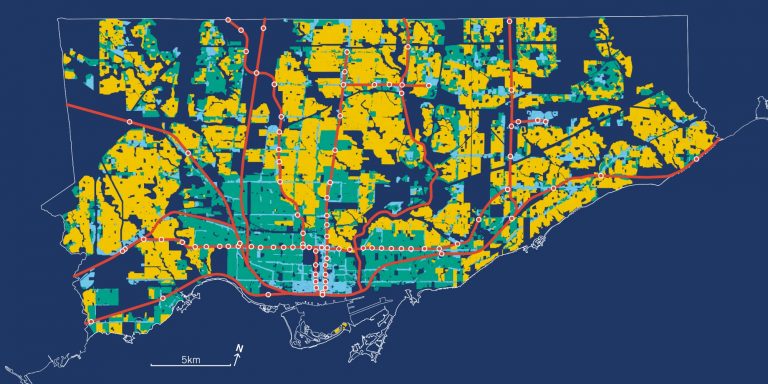
Canadian Prime Minister Justin Trudeau is urging the country to reduce its deep-rooted economic dependence on the United States, a move that aligns with concerns expressed by U.S. economists about the long-term impact of protectionist trade policies.
This comes as Trudeau secured a temporary reprieve from U.S. tariffs after a direct conversation with U.S. President Donald Trump, highlighting the growing uncertainty in trade relations between the two neighbors.
Trudeau, who has been a vocal critic of U.S. trade barriers, is now pushing for Canada to expand its trade footprint by fostering stronger partnerships with other global markets. He’s expected to convene an economic summit in Toronto on Friday, bringing together top business executives, policy analysts, and labor unions to deliberate on how Canada can break free from its reliance on the American market.
Register for Tekedia Mini-MBA edition 19 (Feb 9 – May 2, 2026): big discounts for early bird.
Tekedia AI in Business Masterclass opens registrations.
Join Tekedia Capital Syndicate and co-invest in great global startups.
Register for Tekedia AI Lab: From Technical Design to Deployment (next edition begins Jan 24 2026).
“The goal is to make it easier to build and trade within our borders and diversify export markets,” Trudeau told reporters yesterday.
The Canadian move underscores growing concerns among U.S. economists who have long warned that Trump’s tariff-heavy policies could end up harming America more than its trading partners. The imposition of a 25% tariff on most Canadian imports—excluding energy products, which face a 10% levy—sent shockwaves through the Canadian economy, but experts argue that it could also deal a heavy blow to the U.S. itself.
Economists have repeatedly cautioned that such tariffs will incentivize affected countries to diversify their trade partners, effectively reducing U.S. economic leverage while compounding inflation at home. By forcing Canada, Mexico, China, and other trade partners to seek alternative markets for their goods and services, the tariffs could lead to supply shortages in the U.S., driving up the cost of imported goods and putting additional pressure on American consumers.
Parallels with BRICS Nations Seeking to De-Dollarize
Canada’s attempt to lessen its economic reliance on the U.S. mirrors a broader trend seen among BRICS nations—Brazil, Russia, India, China, and South Africa—which are actively working to reduce their dependence on the U.S. dollar in global trade. Faced with the possibility of future financial sanctions, these countries have sought to conduct more transactions in local currencies, creating alternative financial mechanisms to avoid being at the mercy of Washington’s economic policies.
For years, U.S. dominance in global trade has been underpinned by the dollar’s status as the world’s reserve currency. However, the increasing use of sanctions as a geopolitical weapon has motivated countries to explore alternatives. The same logic is now driving Canada’s push to lessen its economic reliance on the U.S., fearing that continued dependence on American markets makes the country vulnerable to abrupt policy shifts and trade restrictions.
“Buy Canadian” Movement Gains Momentum
Within Canada, the tariff dispute has ignited a nationalistic economic response. A recent poll by Angus Reid found that 91% of Canadians now support diversifying trade away from the U.S., with many actively choosing Canadian-made products over American imports. The growing “Buy Canadian” movement reflects widespread frustration with Washington’s economic policies and is rapidly gaining traction among businesses and consumers.
Public sentiment has also translated into personal financial decisions. Retired schoolteacher Carole Chandler, who had long vacationed in Florida, canceled her trip in protest against the tariffs.
“I love America and Americans,” she told the BBC. “But I don’t want to be one.”
Energy Infrastructure: Canada’s Weak Spot
Despite Canada’s drive to pivot away from U.S. markets, some industry leaders believe that the country’s energy infrastructure remains inadequate for expanding exports beyond North America. Dissents have blamed Trudeau’s government for failing to develop enough oil and gas pipelines, which would allow Canada to export energy resources directly to international markets rather than relying on U.S. refineries.
While Canada did complete the long-delayed Trans Mountain Expansion pipeline in May last year, experts say it is not enough. Adam Waterous, CEO of Strathcona Resources, Canada’s fifth-largest oil producer, warned that regulatory red tape continues to stifle progress.
“If we cut the red tape, we could have a pipeline built in two years,” he said, stressing that Canada must accelerate infrastructure projects to truly diversify its trade.



